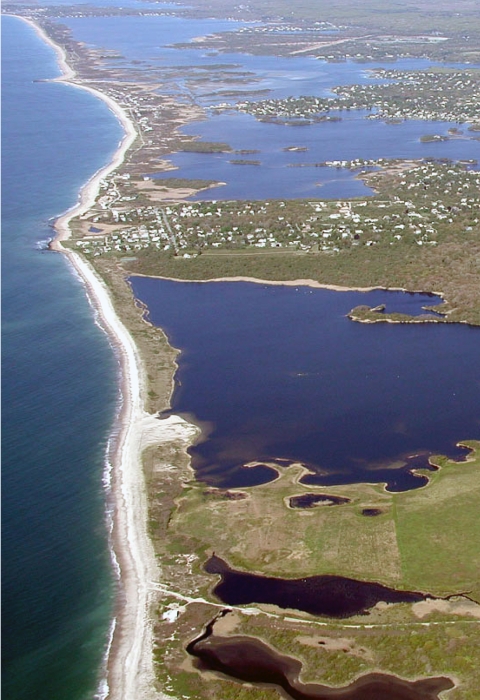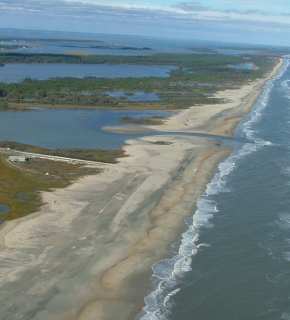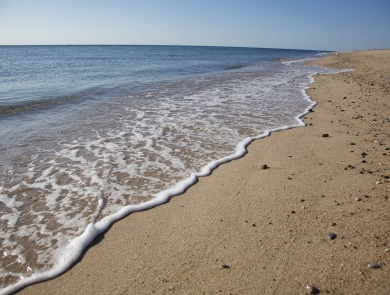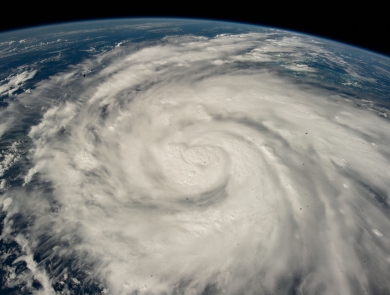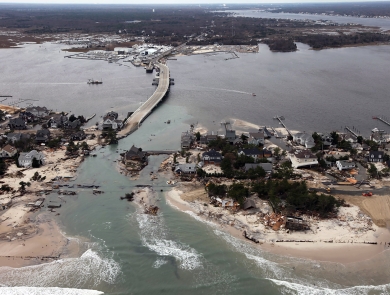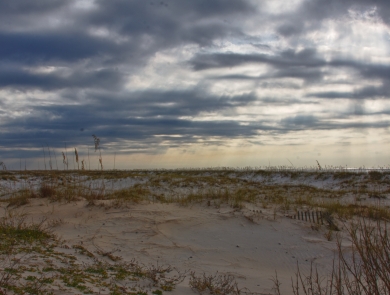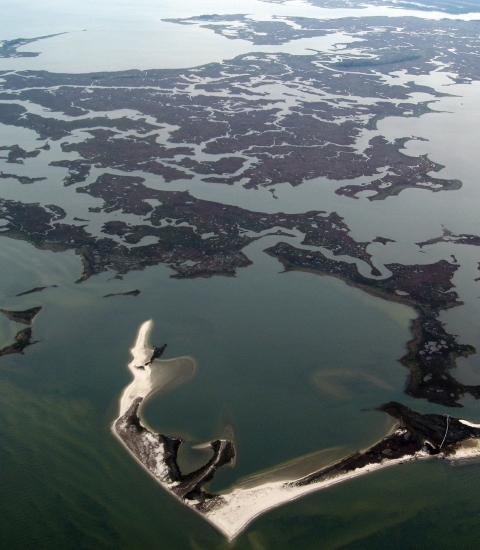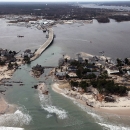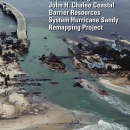What We Do
Our Services
Our responsibilities under CBRA include maintaining the official maps of the CBRS and making recommendations to Congress for appropriate changes to the boundaries; consulting with other federal agencies regarding federally-funded projects proposed within the CBRS; and working with property owners, project proponents, and other stakeholders to determine whether a specific property or project site is located within the CBRS.
Our Projects and Initiatives
The Service is committed to ensuring accurate and user-friendly maps depicting the CBRS. Through a series of mapping projects, we have made progress in modernizing maps for the CBRS using digital technology that has significantly improved public access to information, increased efficiency for infrastructure project planning, and increased accuracy and timeliness in determining whether individual properties are located with the CBRS.
Our Laws and Regulations
With the passage of CBRA in 1982, Congress recognized that certain actions and programs of the Federal Government have historically subsidized and encouraged development on coastal barriers coastal barriers
Learn more about coastal barrier landforms.
Learn more about coastal barriers , resulting in the loss of natural resources, threats to human life, health, and property, and the expenditure of millions of tax dollars each year. CBRA seeks to minimize these effects by restricting federal funding and financial assistance affecting the CBRS. The CBRS includes 588 System Units, which comprise nearly 1.4 million acres of land and associated aquatic habitat. There are also 282 “Otherwise Protected Areas,” a category of coastal barriers that are mostly held for conservation and/or recreation purposes that include an additional 2.1 million acres of land and associated aquatic habitat.
A 2019 study published in the Journal of Coastal Research analyzed the economic benefits from CBRA and found that CBRA reduced federal coastal disaster expenditures by $9.5 billion between 1989 and 2013, and forecasts that additional savings will range between $11 and $108 billion by 2068.
CBRA does not prohibit the expenditure of private, state, or local funds within the CBRS. Additionally, it does not prevent federal agencies from issuing permits or conducting environmental studies. Areas within the CBRS may be developed, provided that private developers or other non-federal parties bear the full cost and risk.
Our Library
Whether you are looking for additional information about the Coastal Barrier Resources System, our current mapping projects, or official maps, you can find it here in our library.
